Salmonella is the boogey man hiding in every raw egg and piece of undercooked chicken. It is a bacteria, and it causes millions of cases of diarrhea and gastroenteritis every year across the globe. It is also responsible for over 100,000 deaths every year.
The good news is that you can avoid salmonella in the same way that you can avoid traveler’s diarrhea. Eat cooked foods, eat vegetables and fruits that can be peeled, wash your hands, drink purified water, and one more time, wash your hands.
What foods can be contaminated with salmonella?
Some people are under the impression that Salmonella bacteria can only be found in undercooked poultry products and eggs. This is not true. In addition to poultry products and eggs, Salmonella can be found in contaminated meat, unpasteurized milk products, fruits and vegetables (in fact, there have been previous Salmonella outbreaks with both alfalfa sprouts and melon).
Signs and symptoms
Salmonella food poisoning, also known as Salmonellosis, presents symptoms that are very similar to your standard case of bacteria-borne traveler’s diarrhea. That is to say, diarrhea, vomiting, nausea, headaches, fever and abdominal cramps.
Salmonellosis typically occurs between 12-36 hours after exposure to the bacteria. Diarrhea is often the first sign, with the other symptoms manifesting soon after. Vomiting is not always present in cases of salmonellosis. In rare cases of invasive infection, the symptoms can become much more severe – for example, if the infection gets into the blood.
Treatment
In most cases, Salmonellosis lasts no longer than a week, and no treatment is needed other than aggressive rehydration. Oral Rehydration Salts play an important role here. In certain cases, antibiotics may be prescribed if the infection is particularly aggressive.
Salmonellosis is rarely fatal (when it is, the patient is often very young, elderly or suffering from a disease that debilitates their immune system), and most people recover without treatment. A large number of Salmonella food poisoning cases likely go unreported, because many people do not seek medical attention for a diagnosis or treatment. In these cases, patients either self-medicate or administer their own supportive care. In cases of mild infection, the disease may not be noticeably debilitating.
Of course, it’s always better to avoid a bacterial infection than to see if you can handle it without treatment. As we mentioned above, good hygienic practices will help keep you in the clear. Keep your hands washed, especially before meals and after using the bathroom, eat well-cooked foods, thoroughly wash fruits and vegetables and either peel or cook them and avoid unpasteurized dairy products unless you are intimately familiar with the source of them.
For additional information on Salmonella food poisoning, see this page from the CDC. If you have had any experiences with Salmonellosis, please share what you learned in the comments below.






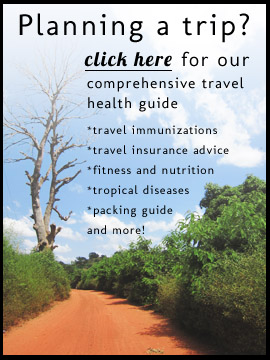

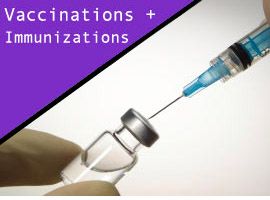
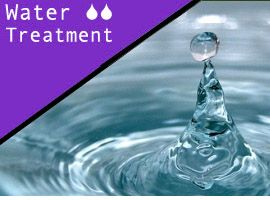
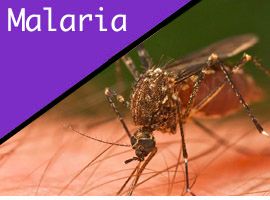
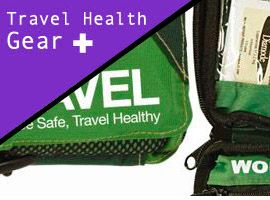
{ 0 comments… add one }